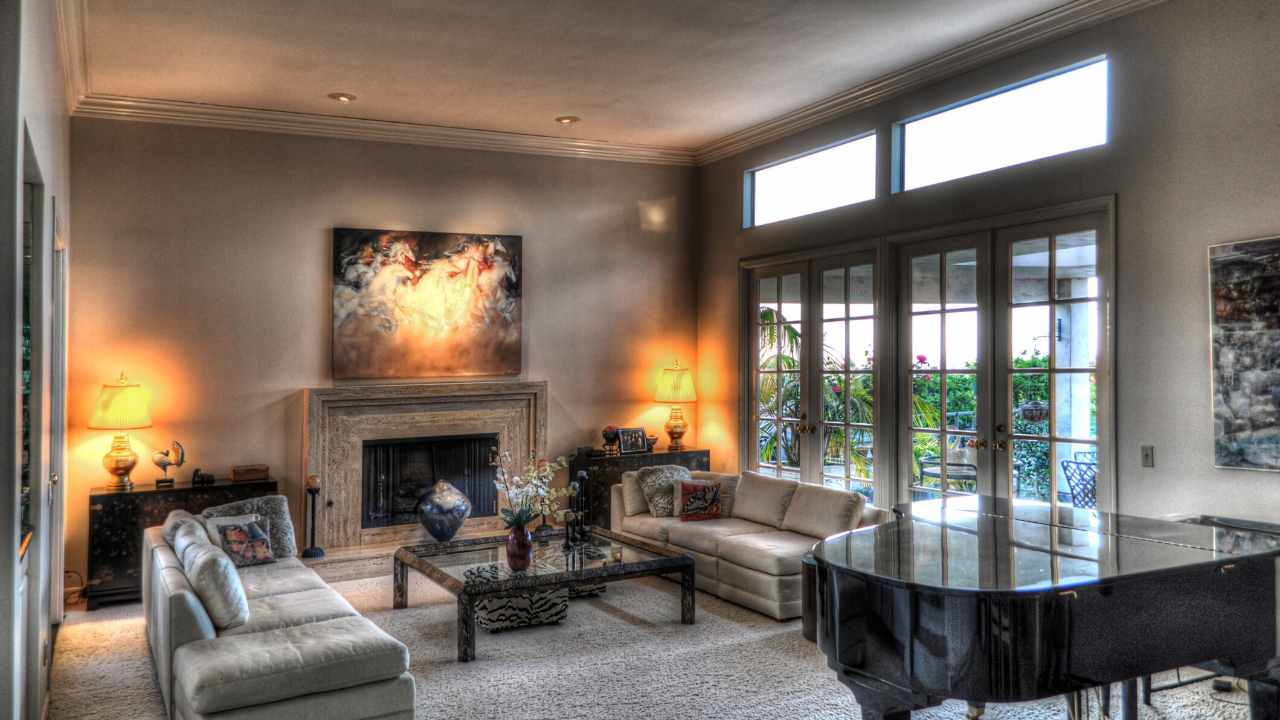
Make sure the humidity and temperature are appropriate for your kitchen's floating floor. This can be challenging if the flooring was placed on top of concrete. Before installing the floating floor, cover the area with a plastic sheet or underlay. After this is done, you can install the planks. To prevent dilation, leave some space between the floor and the wall if it is near a building. If the space is not large enough, you can cover it with baseboards.
Before installing the floating floors, be sure to check that your cabinets have been properly mounted. You should not attach cabinets to the floating floors. Instead, you can anchor them to the subfloor. Anchoring bolts should not be smaller than the plywood, or other material. This will stop the floating flooring from shifting and allows you to move furniture around more easily. While the floor is being installed, the cabinets' weight will stop the floor from moving around.

After the flooring has been installed, it is time to replace the old flooring. It is easy to install a kitchen floating flooring over existing flooring. The best thing about this method is that it doesn't require you to remove your old flooring to install the new. Engineered wood is a great choice for this kind of flooring because it doesn't require glue or nails to install. This allows you to install the flooring without worrying about damaging the subfloor.
It is important to remove old flooring before you install new flooring. Make sure the subfloor is level and clean. Then, lay the vapor barrier. When you're finished, install the laminate. Door jambs should fit properly, and you should also trim the laminate to fit the height of the door. You can trim the laminate after it is installed. It protects the flooring from scratches and other damages. If the installation is a challenge, you can hire a professional to install the flooring for you.
It is important to ensure that the kitchen floating floor substrate is dry and flat. You can check the floor for moisture using duct tape or plastic sheeting. To stop water leaking, you can use duct tape to seal the area. For those gaps between your floor and the wall that are visible, you may use a piece if wood to protect your flooring.

Before installing the kitchen floating floor, you should ensure that the subfloor is level and firmly fixed. The thin layer of flooring underneath will be damaged if there are uneven areas. You will then need to install the underneathlayment. The underlayment is a thin layer made of dense foam. It absorbs any flexing in the flooring. It not only makes the floor smoother, but it also helps prevent it sliding. The subfloor should be flat and without any defects.
FAQ
What should I fix first when renovating a house?
Cleaning out clutter inside and out is the first step to fixing up a house. Next, you need to remove any moldy areas, replace damaged walls, repair leaky pipes, and repaint the entire interior. Finally, you need to clean off the exterior surfaces and apply fresh paint.
Is it better to hire either a general or subcontractor?
A general contractor will usually cost more than a subcontractor. General contractors often have many employees and charge clients high labor costs. A subcontractor hires only one employee so they charge less per an hour.
Are permits required to renovate my home?
Permits are required before you can start any home improvement project. In most cases, you will need a building permit and a plumbing permit. A zoning license may also be needed depending on the type or construction you are doing.
Statistics
- The average fixed rate for a home-equity loan was recently 5.27%, and the average variable rate for a HELOC was 5.49%, according to Bankrate.com. (kiplinger.com)
- Design-builders may ask for a down payment of up to 25% or 33% of the job cost, says the NARI. (kiplinger.com)
- Rather, allot 10% to 15% for a contingency fund to pay for unexpected construction issues. (kiplinger.com)
- According to the National Association of the Remodeling Industry's 2019 remodeling impact report , realtors estimate that homeowners can recover 59% of the cost of a complete kitchen renovation if they sell their home. (bhg.com)
- ‘The potential added value of a loft conversion, which could create an extra bedroom and ensuite, could be as much as 20 per cent and 15 per cent for a garage conversion.' (realhomes.com)
External Links
How To
Are you renovating the exterior or interior first?
Which one should you do first?
There are many factors that you should consider when choosing the right project. The most common factor is whether the building is old or new. It is important to assess the condition of the roof and windows as well as the doors, flooring, and electrical system. There are many aspects to consider when a building is brand new. These include the size and style of the rooms, as well as their location.
If your building is very old, you should first look at its roof. You should start the renovation if you feel the roof is at risk of falling apart. Next, you can check if your roof is okay. Next, check out the windows. You might need to replace them if they are damaged or stained. You can then go through your doors and clean them. Then, if everything seems okay, you can begin working on the floors. It is important that your flooring is strong and stable so that it will not give way no matter what you do. These steps will be completed before you can proceed to the walls. Examine the walls carefully to determine if there are any cracks or other damage. If the wall is in good condition, you can move on to the next step. Finally, once the walls are inspected, you can work on the ceiling. You should inspect the ceiling to ensure that it can withstand any weight you put on it. If everything checks out, then you can move forward with your renovation.
You would want to begin with the exterior if the building was recently built. The exterior of the home should be examined first. Is it clean? Is it free from cracks? Does it look great? If the exterior looks bad, it's time to make improvements. Your home shouldn't look shabby. Next, inspect the foundation. The foundation should be inspected for weakness and repaired. Also, inspect your driveway. You want it to be smooth and flat. If it's not, it should be fixed. When checking the driveway, also check the sidewalk. It should be replaced if it is uneven.
Once you've checked all these areas, it is time to move on the inside. Begin by inspecting the kitchen. Are you satisfied with the cleanliness and maintenance of your kitchen? You should clean up any mess. Next, make sure to inspect the appliances. You want them to be in good order and working correctly. If they are not in good condition, you should either purchase new cabinets or fix them. Next, inspect the cabinets. If they are stained or scratched, then you should probably paint them. You can then move on to the bathroom if they are in good condition. Check the toilet in here. If it leaks, then you should probably get a new one. You can wash it if it is just dirty. Next, examine all the fixtures. Make sure they are clean. They should be cleaned if they are dirty. Finally, you should inspect the countertops. If they are chipped or cracked, then you should probably repaint them. If they are smooth and shiny, then you should probably use some kind of sealant.
The final step is to inspect the furniture. Verify that everything is in good condition. If it's missing or damaged, you need to find it. If something is broken, then you should probably repair it. After everything has been checked, you can go outside to finish the job.